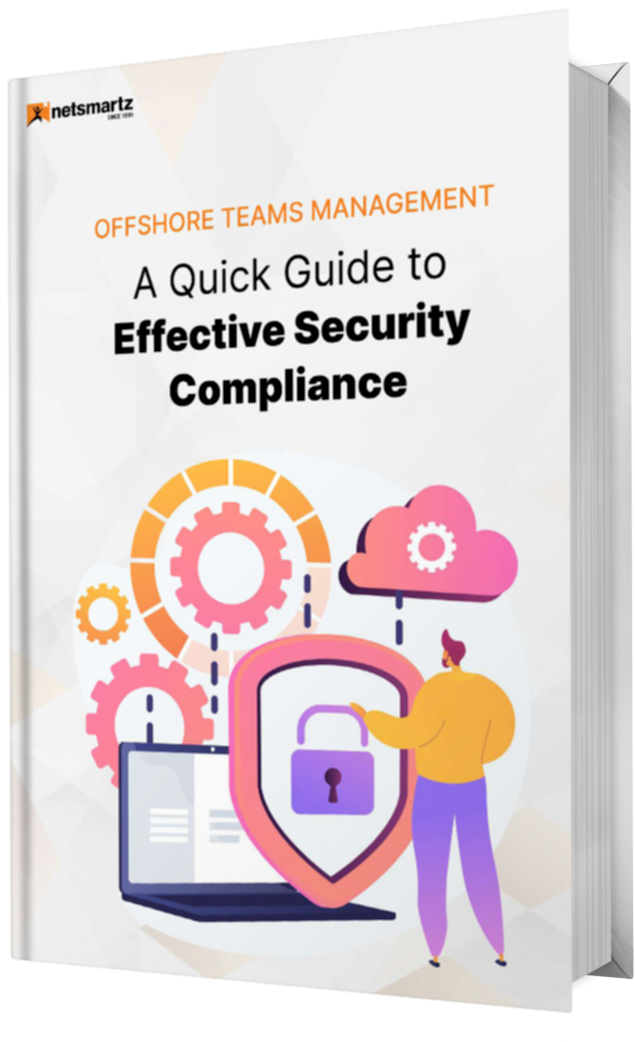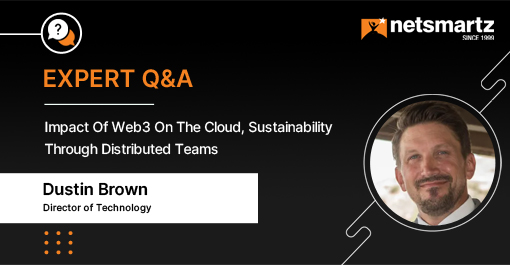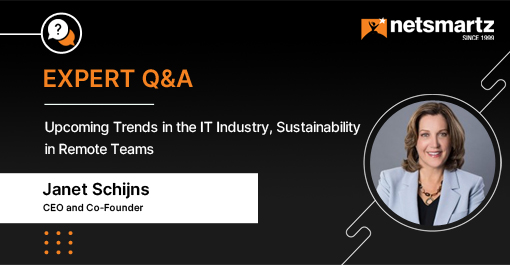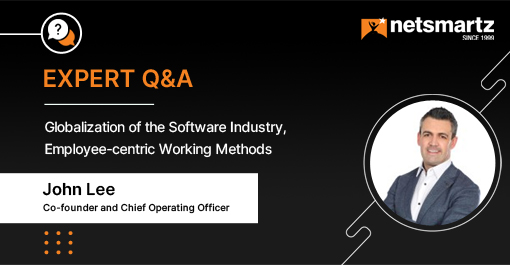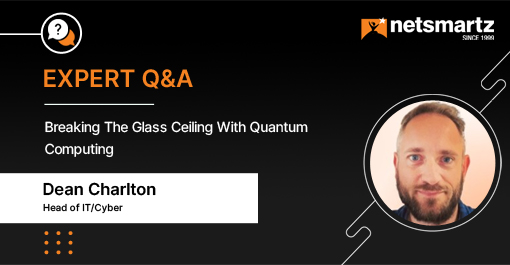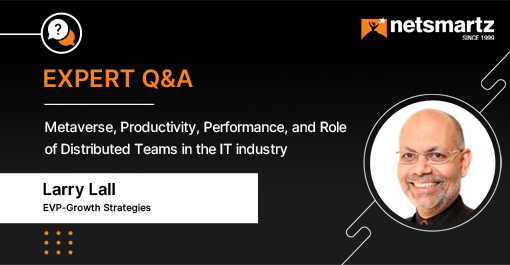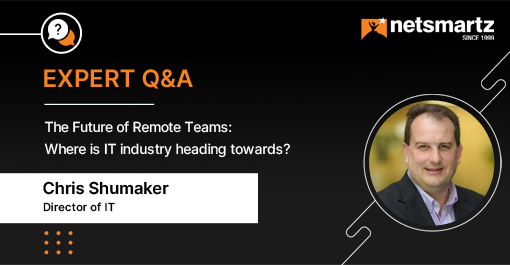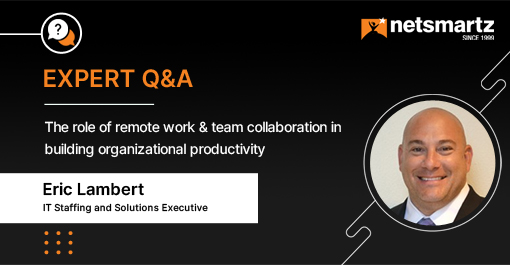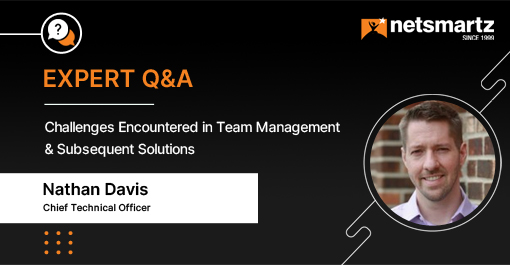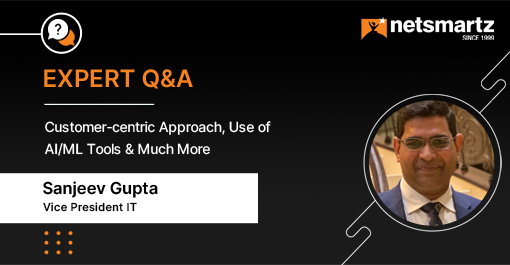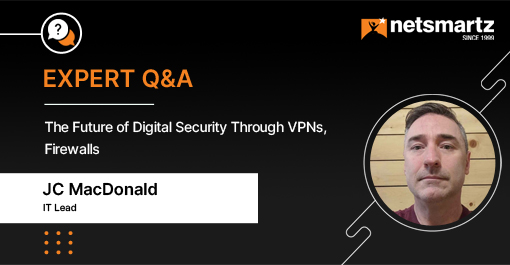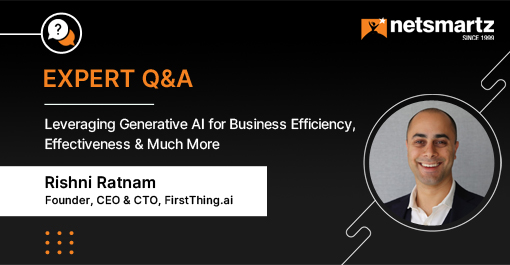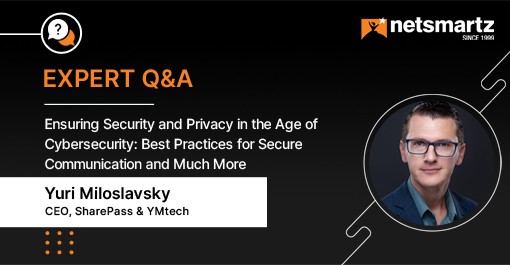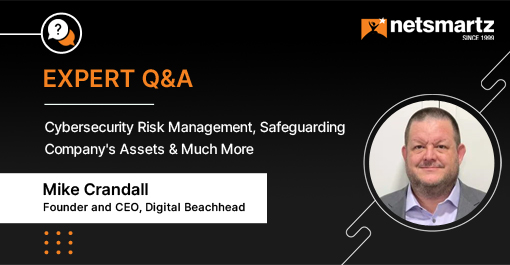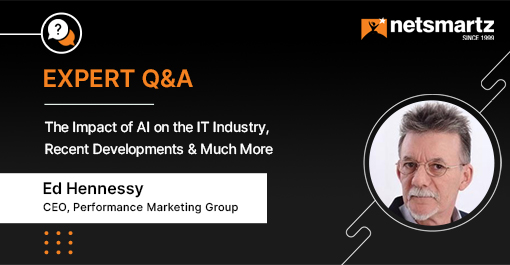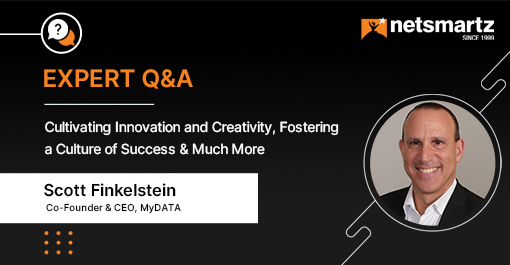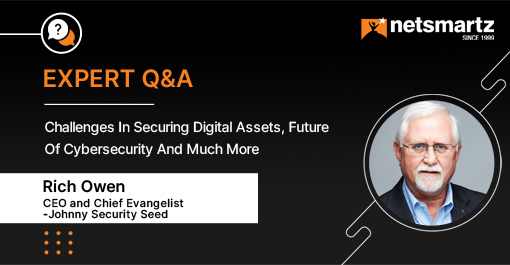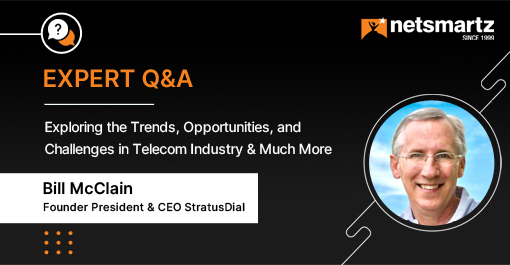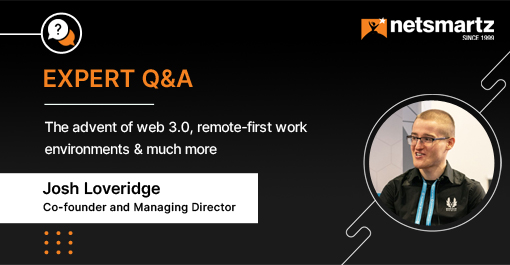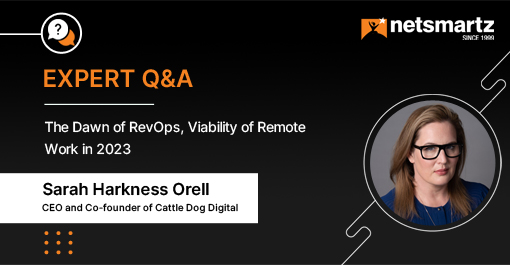Cybersecurity Risk Management, Safeguarding Company’s Assets & Much More
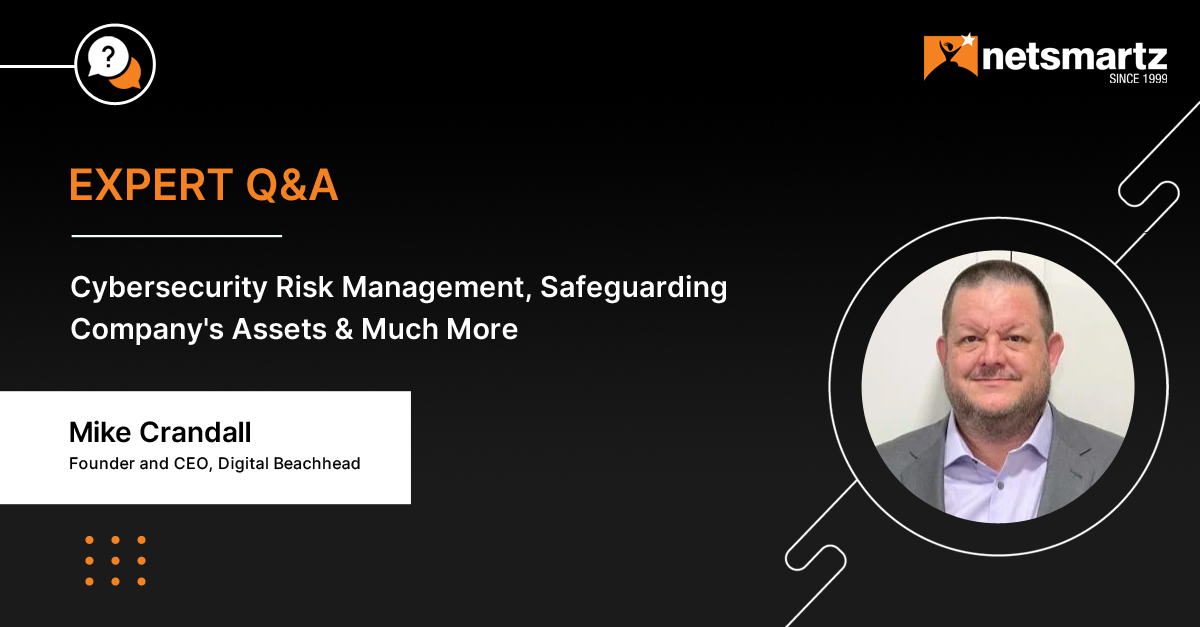
Cybersecurity risks have become a major concern for companies in today’s digital landscape. With the increasing frequency and sophistication of cyber attacks, organizations need to proactively manage these risks to protect their sensitive data, systems, and reputation. This requires a comprehensive cybersecurity framework and a well-trained workforce that is aware of the risks and equipped with best practices. Additionally, leveraging technology, such as artificial intelligence, can play a significant role in effective cyber risk management.
That’s why we got in touch with Mike Crandall to explore the most common cybersecurity risks that companies face today and discuss how they can be effectively managed.
Keeping on reading to learn his insights!
Want to contribute to our expert insights?
Contact Us About Mike Crandall
About Mike Crandall
Mike is an internationally recognized cyber expert, speaker, consultant, and business owner. Mike is the founder and current CEO of Digital Beachhead, a Veterans Administration certified Service-Disabled Veteran Owned Small Business (SDVOSB) that provides Cyber Risk Management, Information Technology, Program Management and Professional Services Headquartered in Colorado Springs, Colorado, with offices in Virginia, Nevada and London Ontario Canada.
1. What are the most common cybersecurity risks that companies face today, and how can they be effectively managed?
The most common cybersecurity risk is the need for proper preparation within the organization. Many companies rely solely on their Information Technology (IT) staff for all cybersecurity operations. While the staff may be well-trained and eager to provide support, they often need more time and resources. Most IT teams work diligently to keep the data flowing and systems operational. When speaking to senior leadership, we are tneeds to learnke that our IT team does not know what that is. This leaves unacknowledged or mitigated. The first step to managing this risk is to accept that cybersecurity is a specific skill set that requires dedicated training and experience. That doesn’t mean just spending money on tools that may further burden the IT staff. Instead, consider a fractional or virtual “Chief Information Security Officer” (vCISO) to help guide the organization in cyber risk management. A vCISO can help define the cyber risks, develop mitigation strategies, and then look for the proper tools to implement.2. What are some best practices for creating a robust cybersecurity framework?
The beauty of creating a robust cybersecurity framework is that many currently exist. The National Institute of Standards and Technology (NIST) has a solid framework built around five main principles of cybersecurity. They are Identity, Protect, Detect, Respond, and Recover. Identify cyber risks to your organization with a method to rank them based on the likelihood of occurrence and impact on your company. Protect is the selection of mitigation factors, controls, and tools to defend against those identified risks based on their priority. Detect that a determined adversary will gain access even with protection mechanisms. A detection system must be implemented to find those instances and alert appropriate cybersecurity staff. Respond follows detection and are those actions taken to isolate and remove the threat from your information systems. This also includes the key notifications that may be required based on the detected attack to include law enforcement or other key stakeholders. Recover, being the last step brings your information systems back to normal operational capability post-incident. Once recovered, a post-incident meeting is recommended to determine best practices and improvement areas within the incident response process.3. How can companies ensure their employees are adequately trained and educated about cybersecurity risks and best practices?
Training employees is a critical step in any cyber risk management program. The information system users are not only the most common attack vector via phishing and other social engineering but also the first line of defense. Every employee is a vital cybersecurity sensor and key to protecting the information system. The best training is short but frequent, with some entertainment and educational value. Having training, that is fun or gamified increases the percentage of participation as well as information retention.4. What role does technology play in effective cyber risk management, and what emerging technologies should companies be aware of?
Technology plays a large role in any cyber risk management program. While the human element will always be required as leadership sets the risk appetite and level of spending and determines what technology is used, it is that technology that can provide insights missed if left to humans alone. Artificial Intelligence (AI) is a rapidly growing technology being used in cyber risk management. Systems are using AI to finely tune system and user behaviors to detect better anomalies and either alert or take action. Companies should look at the cyber risks they identified and determine the best use of technology to mitigate them. A great example would be a company using an AI-based network monitoring system that learns user behavior, such as login time and locations, and easily detects an anomalous login from out of state and instantly blocks that attempt with an alert to the cybersecurity team. The team could then research how or if user credentials had been compromised without having the intruder actually access the network. Wrapping Up
Wrapping Up
Cybersecurity risks pose a significant threat to companies in today’s digital age. However, organizations can mitigate these risks and protect their valuable assets by adopting proactive measures and implementing an effective cyber risk management strategy. This includes recognizing the need for dedicated cybersecurity expertise, creating a robust cybersecurity framework based on established principles, training employees to be vigilant and knowledgeable about cybersecurity risks, and leveraging technology to enhance detection and response capabilities. By prioritizing cybersecurity and implementing comprehensive measures, companies can safeguard their data, systems, and reputation from the ever-evolving landscape of cyber threats. Overall, this Expert Q&A was refreshing. As much as we enjoyed reading it, we hope you will find it insightful as well.

Are You An Influencer?
Make Your Mark as a Thought Leader
We invite industry influencers to participate in our Q&A panel, offering the audience valuable insight into cutting-edge technology trends, platforms, and more.




